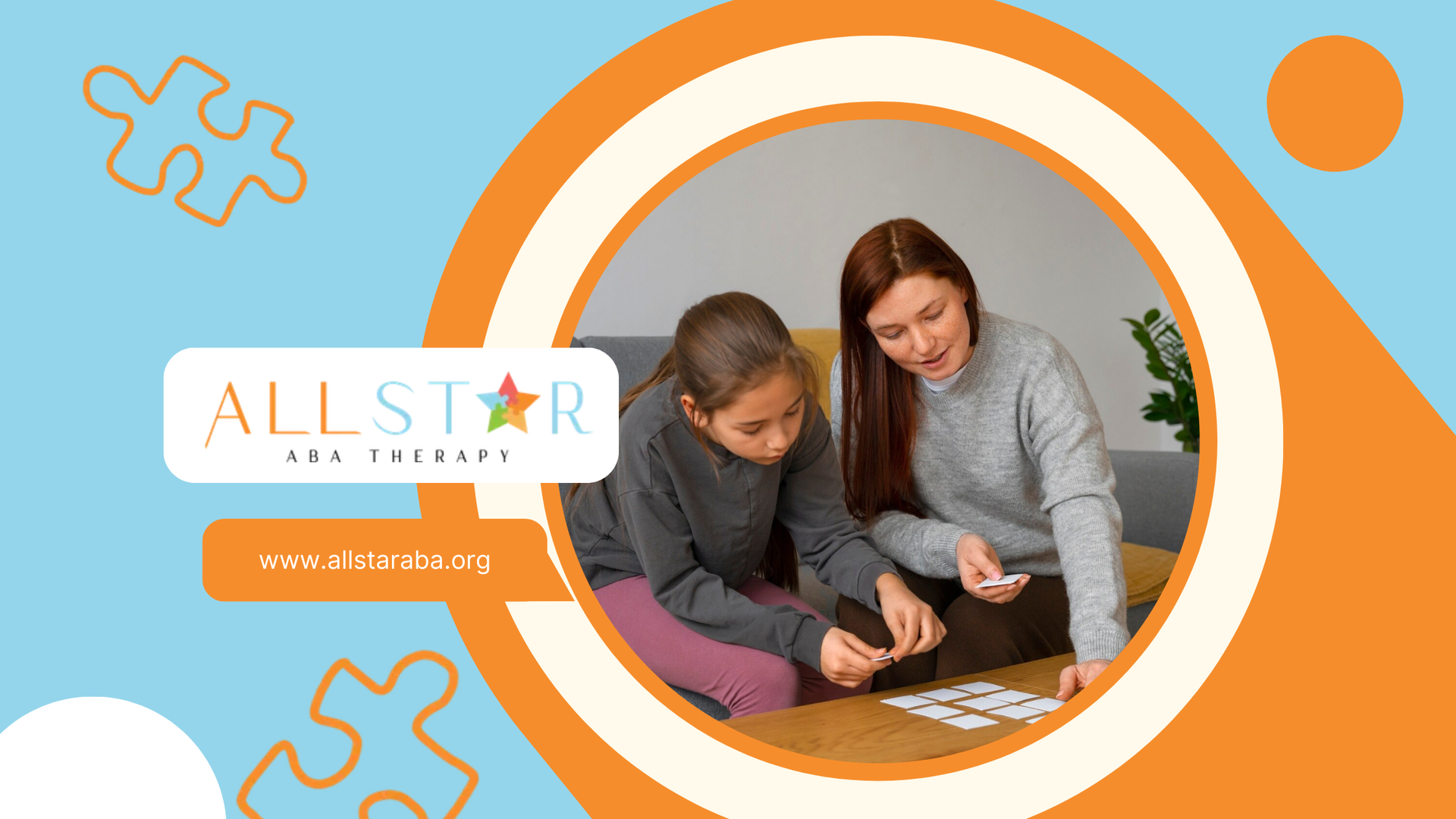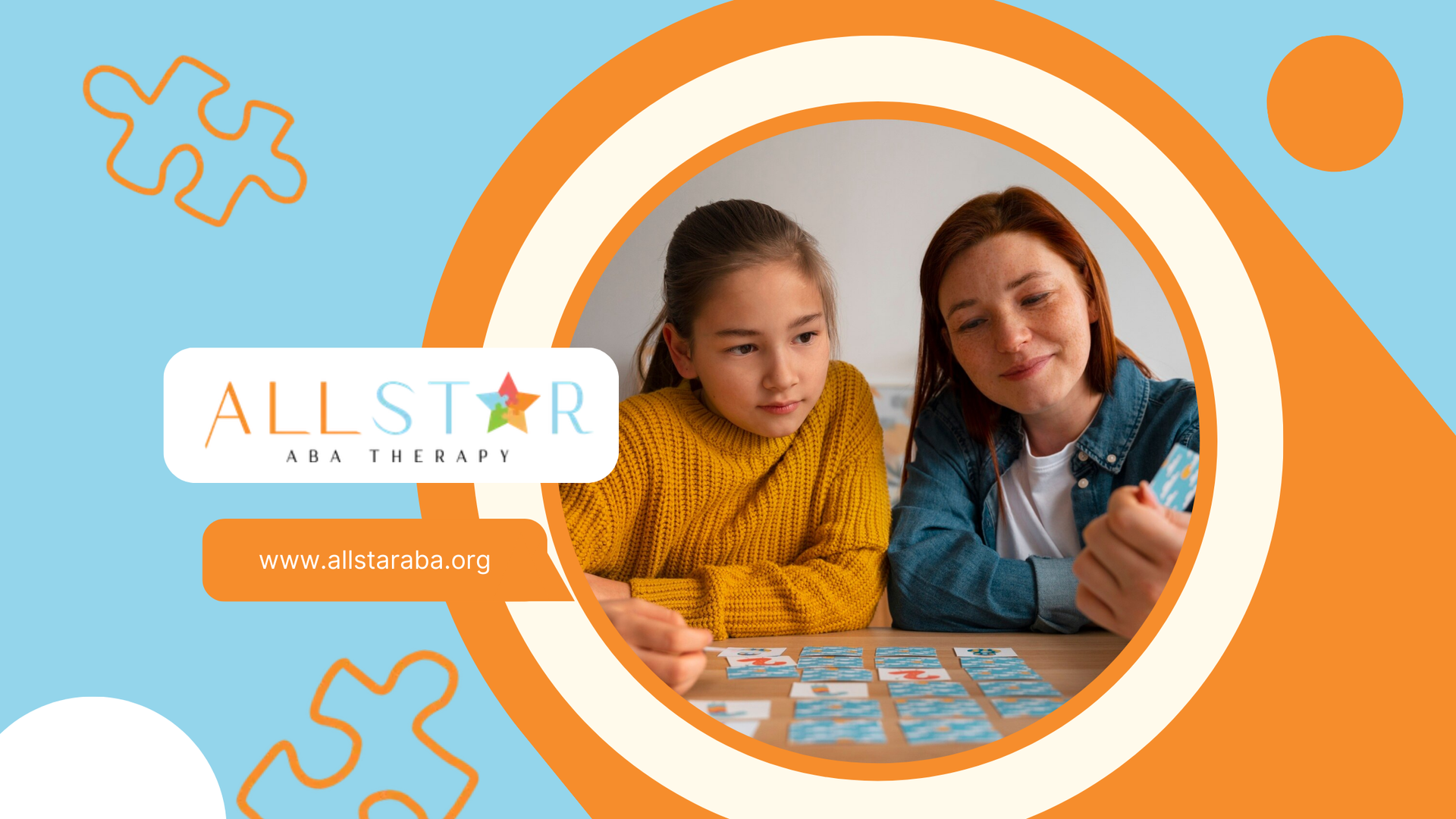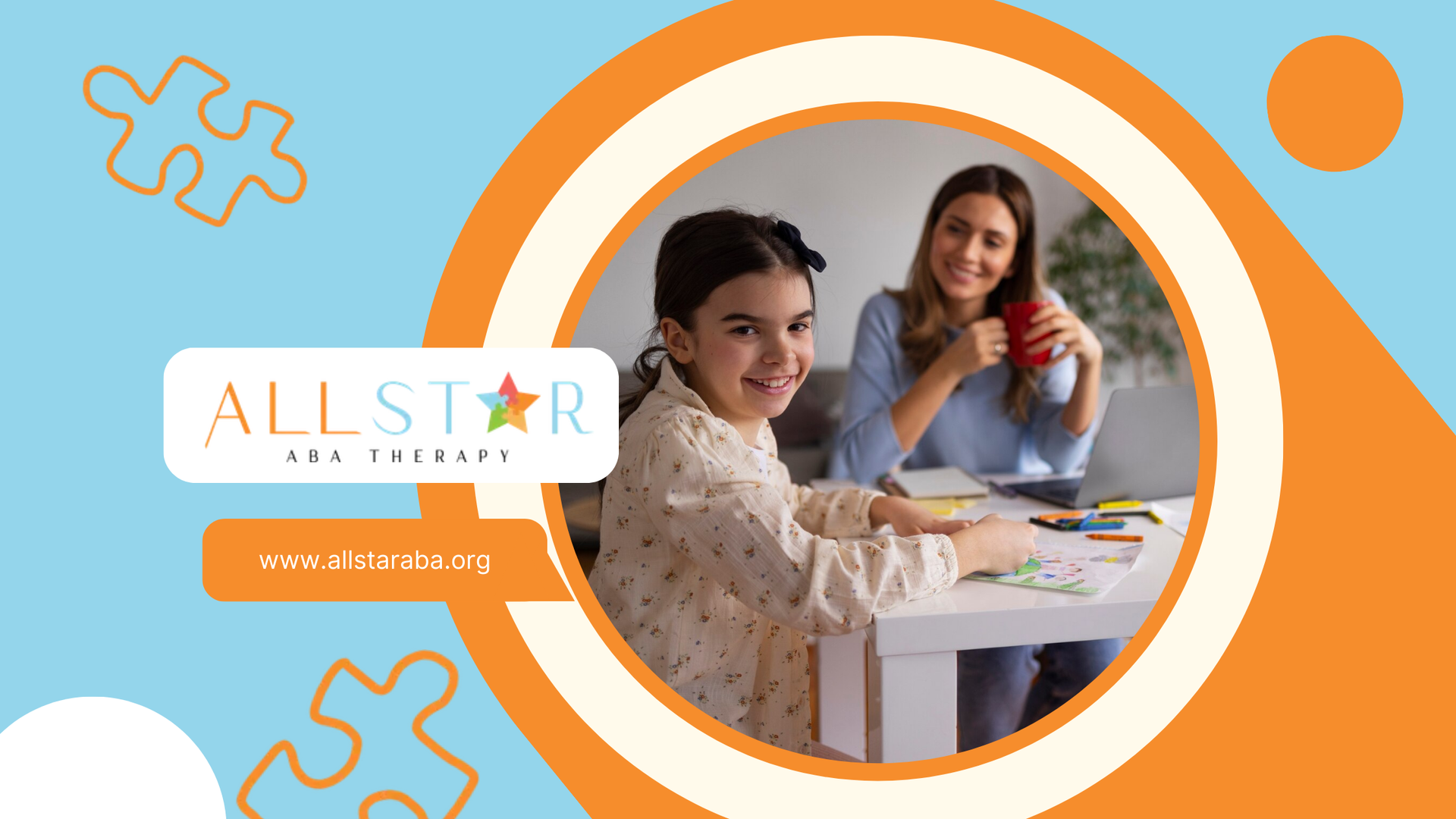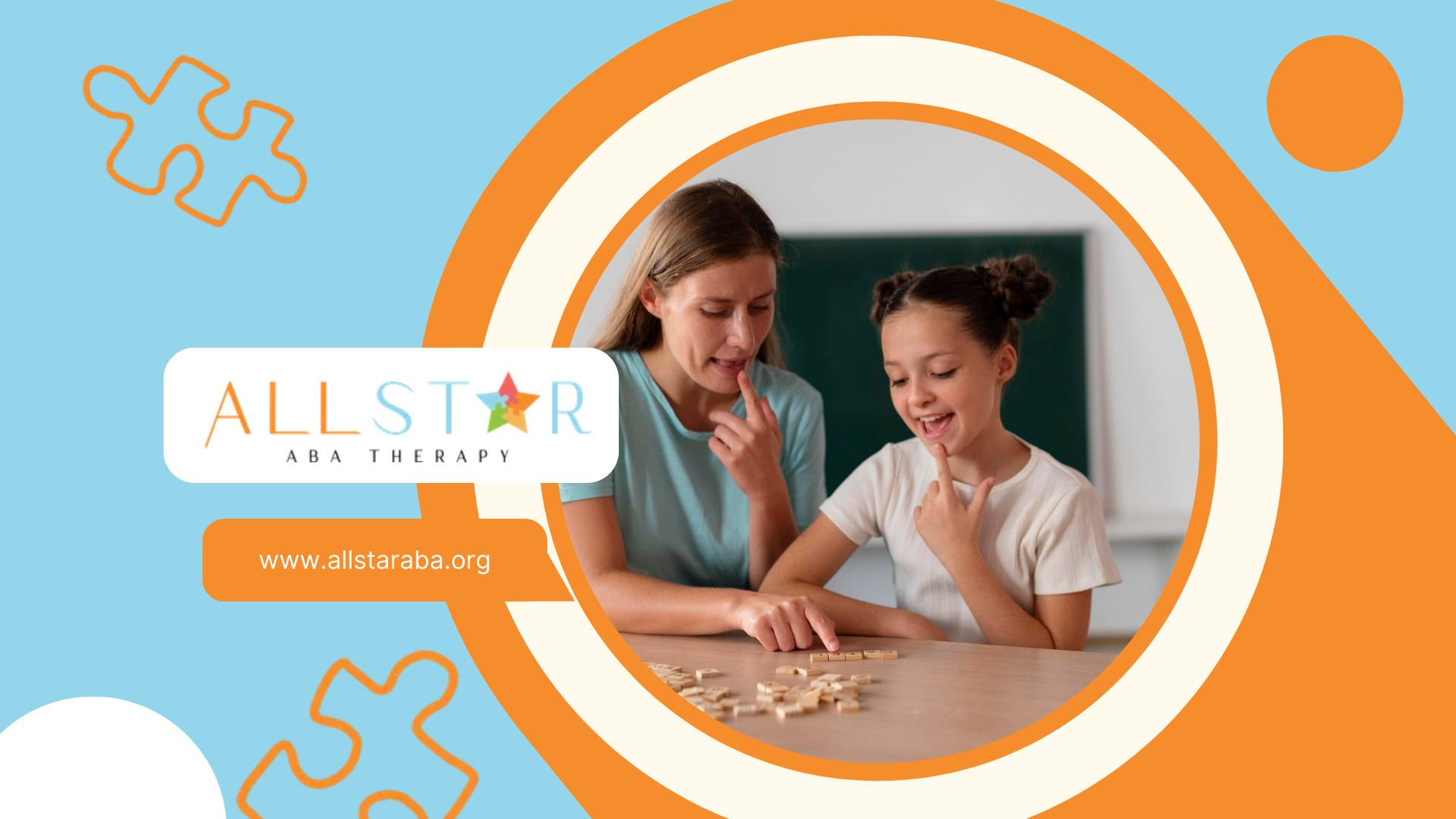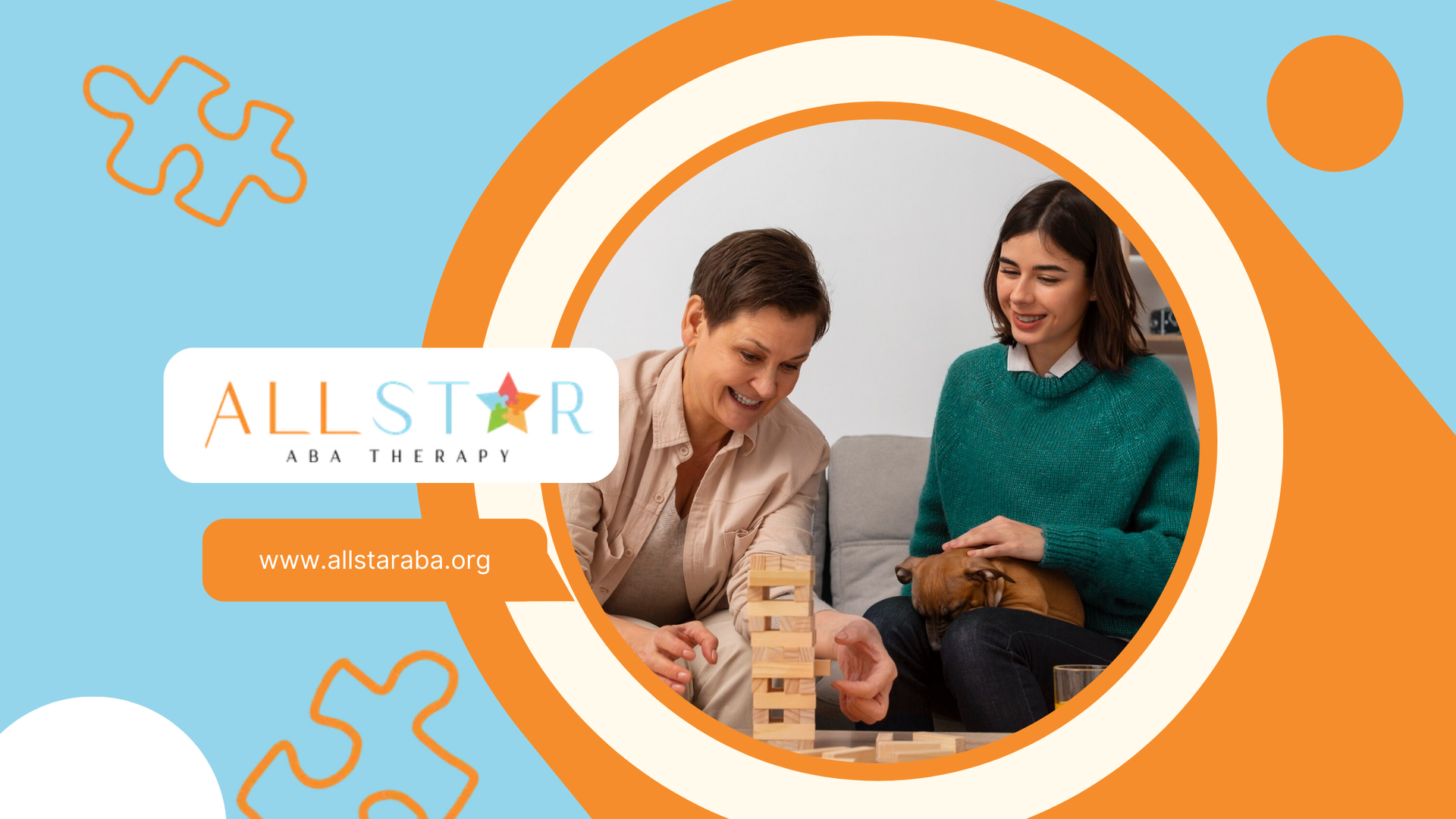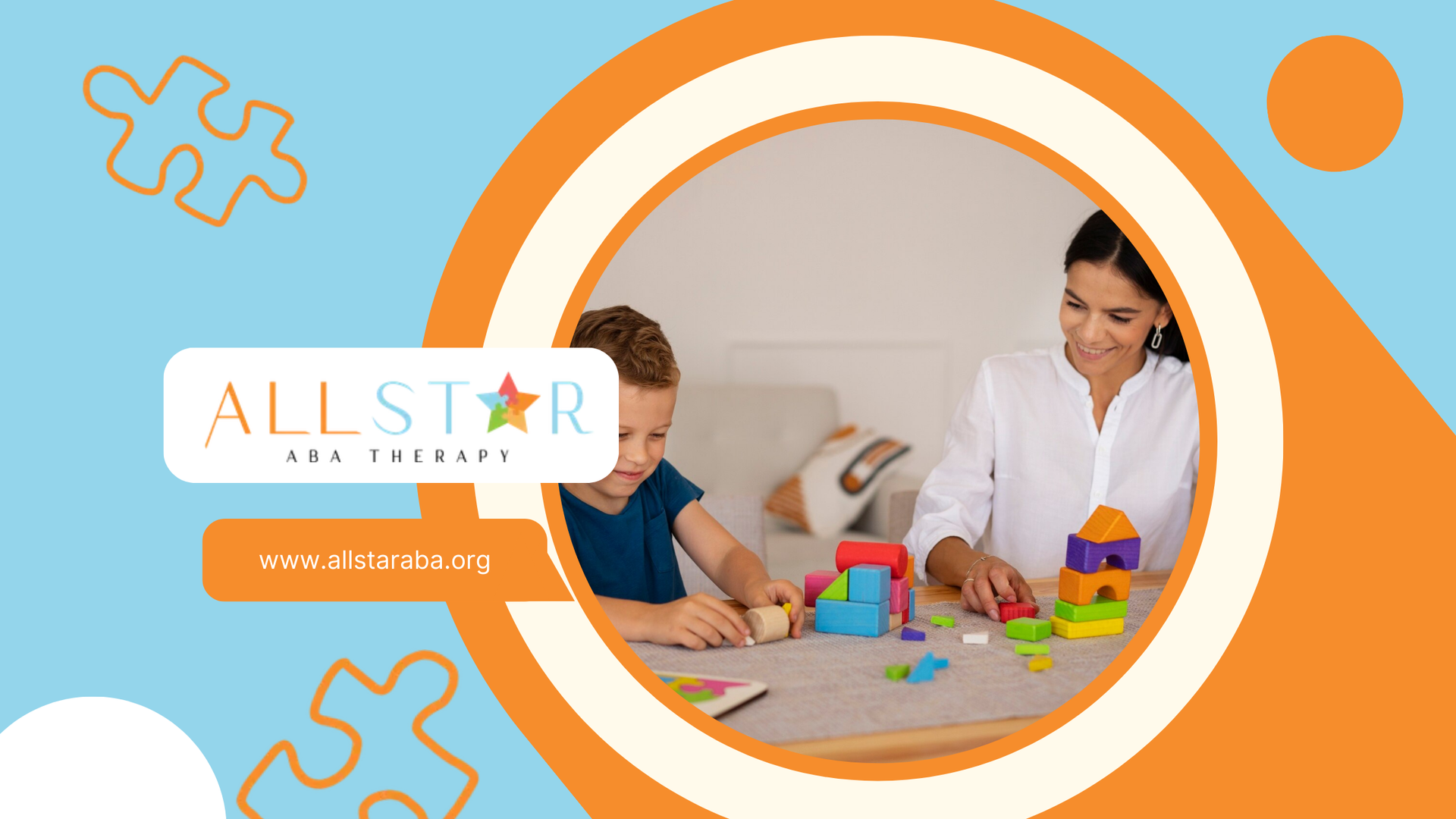New Paragraph
Shy or Autistic: Understanding the Contrasts
In child development, it is important to understand social interaction. Shyness and Autism Spectrum Disorder (ASD), a developmental disorder, can raise questions because they share some similar behaviors. This blog post looks at the key differences between shyness and autism. Shyness is a personality trait. Autism, on the other hand, is a neurodevelopmental condition. Early intervention is key in helping people with ASD. We want to offer insights into spotting these differences and finding the right support.
Understanding Shyness and Autism: A Comprehensive Overview
Navigating the complexities of human behavior needs a clear understanding of individual differences. Shyness and autism are sometimes confused, but they are different experiences. This overview will look at both, showing their unique traits and signs.
First, we will talk about shyness. It is a personality trait where people feel uncomfortable in social situations. Next, we will focus on autism. This is a neurodevelopmental disorder that affects social communication, interactions, and behavior. By comparing both, we hope to highlight the key differences between them.
Defining Shyness: Characteristics and Manifestations
Shyness is something many people experience. It often makes us feel uneasy or awkward around others, especially in new places. At its heart, shyness is a personality trait. It shows how some people feel uncomfortable when they have to interact with others.
For a shy child, meeting unfamiliar people can seem scary. It's like walking through a place filled with things that could cause embarrassment. They might not always read social cues correctly. This can make them feel unsure and lead them to pull back. Shy kids might avoid making eye contact, speak very softly, or choose to watch instead of joining in group activities.
It’s important to know that shyness is not always a bad thing. Many shy people find ways to live happy lives. They usually discover their comfort zones in social situations. Although being shy can change how someone acts in social situations, it does not stop them from making important friendships.
Autism Explained: Symptoms and Diagnostic Criteria
Autism Spectrum Disorder (ASD) is a complex brain development condition. It shows a variety of signs that affect how people interact, communicate, and behave. It’s called a "spectrum disorder" because how it looks can be different for everyone. People with ASD can have many strengths and challenges.
The signs of autism usually appear in early childhood, but they may not be clear right away. Common signs include problems with social communication and language development. This might mean having trouble with eye contact, understanding social cues, or keeping a conversation going. Many individuals also show repetitive behaviors and strong interests in certain topics.
To diagnose autism, trained healthcare professionals conduct a detailed evaluation. They use special criteria to look at a person’s growth history, social communication, and behavior patterns. It is very important to find autism early so that people can get the right support and help tailored to their unique needs.
The Psychological Underpinnings of Shyness vs. Autism
To understand the differences between shyness and autism, we should not only focus on what we can see. We must think about the mental reasons behind them.
Shyness is often tied to social anxiety. It shows how someone feels and thinks about social situations. On the other hand, autism is about how a person's brain works differently. It changes how they understand social communication and interact with others.
This tells us that shyness and autism are more than just different behaviors. They come from different mental and brain factors.
Cognitive and Emotional Aspects of Shyness
Shyness is often seen as a personality trait. It comes from a mix of thinking and feeling. People who are shy often feel very aware of themselves in social situations. They worry a lot about what others think or fear saying something wrong. This can make them anxious and try to avoid being social.
Training in social skills can help shy people. It gives them useful tips for starting chats, keeping eye contact, and understanding social cues. With practice, they can feel more confident when talking with others.
Although shyness isn’t a mental health issue by itself, it can sometimes relate to things like social anxiety disorder. It’s important to give emotional support. This helps shy individuals handle their feelings and find good ways to cope in social situations.
Neurological Basis of Autism Spectrum Disorders
At the center of autism spectrum disorder (ASD) is a mix of genetic and brain-related factors that shape how the brain develops. The exact causes of ASD are still being studied. However, researchers think it is mainly a neurodevelopmental disorder strongly linked to genetics.
The brain issues seen in autism show up in how brain parts look and work. This is especially true in areas that manage social understanding, language, and sensory processing. These brain differences can change how people with ASD see, understand, and react to social signals. This can make communication and interaction more difficult for them.
Even though genetics is important, many believe that environmental factors may also play a role in developing ASD. Scientists are looking into possible environmental triggers like prenatal exposures or problems during pregnancy to better understand where the disorder comes from.
Behavioral Patterns: Shyness and Autism Compared
Distinguishing between shyness and autism is often about looking at how people act in different situations. Both can show social withdrawal, but their reasons and expressions are quite different. Shyness usually comes from feeling uncomfortable or anxious in social situations, which can include struggles with public speaking. This can lead to avoiding those situations as a way to cope.
On the other hand, autism shows a deeper difference in how someone understands and interacts with others. Symptoms of autism include repetitive behaviors, specific interests, and sensitivity to senses, which are common in autism. These traits are not usually linked to shyness. These different behaviors show the importance of careful observation and getting a professional assessment.
Social Withdrawal in Shy Individuals
Social withdrawal is a common sign of shyness. It often comes from wanting to avoid the discomfort or anxiety of being around others. For a shy child, being part of social activities can feel overwhelming, especially in new places or with new people.
This withdrawal can show up as not wanting to join group activities. A shy child might prefer being alone or may avoid making eye contact during talks. These actions can look like disinterest, but they often come from a fear of being judged or evaluated negatively.
It's key to understand that being socially withdrawn does not mean being socially isolated. Many shy children and adults care about their social connections. They build strong bonds with family members and close friends. Knowing why they withdraw can help us give the appropriate support and encourage them.
Repetitive Behaviors and Routines in Autistic Individuals
Repetitive behaviors are common in autism spectrum disorder (ASD). These behaviors help people manage how they take in sensory information and deal with anxiety. They can look different for each person and include things like hand flapping, rocking, sticking to routines, and having specific interests.
Having consistent routines is very important for many autistic individuals. These routines create a predictable environment and daily schedule, helping to lower anxiety and provide comfort. If something changes in their routines, it can lead to meltdowns or stress.
Repetitive behaviors and routines are often connected to how people with autism process sensory information. Those with ASD may react differently to sights, sounds, textures, or smells. They may be more sensitive or less responsive to certain stimuli. For many, repetitive behaviors are a way to self-soothe and manage these sensory experiences.
Communication Challenges: Shyness and Autism in Contrast
Communication can be tricky. Shyness and autism can make it even harder. Shy people may find it hard to speak, but they usually understand language and social cues well.
On the other hand, autism can have a significant impact on how a person learns to talk. This can make it tough for them to use and understand spoken language. They may also have trouble picking up on nonverbal communication, which can lead to misunderstandings with others. It’s important to understand these different challenges to help create good ways to communicate.
Verbal Communication in Shy vs. Autistic Individuals
Verbal communication can make shy people feel very anxious. They often fear being judged or saying something wrong. This can make them speak hesitantly, use soft voices, and avoid starting talks. Still, shyness usually does not hurt how people develop or understand language.
On the other hand, autism can greatly affect how someone talks. This can include delays in speaking or trouble using language in social situations. Some people with autism may not speak at all, while others may know a lot of words but have trouble with the social parts of talking.
Speech therapy can be very helpful in improving how autistic people communicate. Through special programs and planned therapy, speech therapists help them get better at speaking clearly, understanding language, and using language in social situations.
Non-Verbal Communication Cues and Differences
Nonverbal communication is an important part of how we interact with each other. It involves understanding facial expressions, body language, and social cues. For people with autism, picking up on these nonverbal signals can be very hard.
Shy people may look away because they feel restless. In contrast, people with autism may find it tough to read or react to body language. This can cause confusion in social situations. Using visual aids like picture cards or social stories can help teach and improve these communication skills.
Creating a supportive space is key. A clear and direct way of speaking can make social interactions better for people with autism. Reducing background noise, offering visual schedules, and using straightforward language can help lessen sensory overload and make communication clearer.
Navigating Social Situations: Strategies for Shy and Autistic People
Social interactions are a key part of being human. However, for shy people or on the autism spectrum, these moments can be tough. Shyness often shows up as feeling uneasy or nervous around others. For people with autism, it can make it hard to understand and react to social cues.
The good news is that there are ways to help shy and autistic people feel better and more sure of themselves in social settings. By promoting understanding, kindness, and special support, we can help them engage in social situations more easily.
Techniques to Encourage Social Engagement for the Shy
Encouraging shy individuals to engage socially takes time and care. Pushing them into big crowds can make their anxiety worse. Instead, you should help them gradually face social situations. Giving positive feedback for their attempts can help them feel more confident and willing to join in.
Social skills training is great for shy people. It gives them useful tools and techniques to handle social interactions. These programs often include role-playing, group activities, and talks about how to start conversations, keep eye contact and read social cues.
Here are some extra tips to help shy individuals feel more social:
- Start small: Begin with one-on-one chats or small groups where they feel safe.
- Offer shared interests: Help them join activities or clubs connected to what they love. This can help them connect with others.
- Celebrate small wins: Give them praise and support for any progress they make, no matter how tiny it seems.
Supportive Environments for Autistic Individuals
Creating friendly environments for autistic people means understanding their special needs. This includes their sensory sensitivities, communication styles, and how they like to interact with others. These spaces should be predictable and organized. This helps reduce anxiety and makes them feel safe.
Sensory overload can be a major issue for autistic individuals. Reducing loud noises, bright lights, and strong smells can create a peaceful atmosphere. Quiet areas or sensory-friendly spaces give them a chance to relax when they need it.
It is also important to have an inclusive environment that respects different minds. Educating others about autism and promoting acceptance can help build a community. Here, autistic individuals feel understood, respected, and valued for their unique strengths.
Here’s a table showing key parts of supportive environments:
| Element | Description |
|---|---|
| Sensory Regulation | Less noise, controlled lighting, no strong smells, access to sensory tools |
| Predictability & Routine | Visual schedules, clear expectations, consistent routines, notice before changes |
| Communication | Visual supports, simple and clear language, chances for alternative ways to communicate |
| Social Interaction | Structured social activities, chances for special interests, peer support programs |
| Safe Space | Quiet areas, access to sensory-friendly items, patient and understanding staff |
Role of Parents and Educators in Support and Intervention
Parents and educators are very important in helping shy and autistic children grow socially and emotionally. It is essential to understand their unique needs and adjust how we help them in different environments. For shy children, we need to create a safe and supportive space. This space should help them feel comfortable expressing themselves.
For autistic children, early intervention is key. Using therapies like speech therapy, occupational therapy, and behavioral therapy can make a big difference. When parents, educators, and therapists work together, they can provide effective support. This teamwork helps to meet the special needs of each child.
Parental Guidance for Managing Shyness and Autism
Parental guidance is very important when raising a shy or autistic child. For parents of shy children, giving emotional support, encouragement, and being a good listener can help boost their child's self-esteem and social confidence.
It's good for parents to create opportunities for their children to join social situations at their own pace. This can help their child build social skills naturally, without any pressure. Celebrating small wins and focusing on their child’s strengths can help them feel positive about themselves.
For parents of autistic children, getting early intervention is key. Joining support groups or finding online resources can offer professional guidance and helpful advice, and build a supportive community. Learning more about autism and speaking up for their child's needs in school and social settings is very important. This will ensure their child gets the right care and appropriate support.
Educational Strategies for Inclusive Learning
Inclusive learning spaces are very important for helping both shy and autistic students in their education. Teachers can use different methods to create a friendly atmosphere. This way, all students will feel safe, respected, and ready to learn.
For shy students, it helps to give them ways to join class discussions in their daily lives at their comfort level. This can include written work or small group activities. These options allow them to join in without too much stress. Acknowledging and appreciating their efforts, big or small, can help their confidence grow.
For autistic students, knowing their unique needs and learning styles is crucial for their success. Using visual aids, giving clear and simple directions, and providing sensory breaks when they need it can improve the learning environment. Using positive reinforcement can also inspire and help them progress.
Conclusion
In short, it is important to understand the differences between shyness and autism. This understanding helps provide appropriate support and intervention for those affected. Shyness relates to how people interact with others, while autism deals with complex brain functions. It is essential to recognize the differences in thinking, behavior, and communication to offer the right help. We need to focus on ways to encourage shy people to engage socially and to create supportive spaces for those with autism. Parents and teachers are key players in managing both situations well. By addressing these differences with care and knowledge, we can improve the well-being and quality of life for those who face shyness or autism.
As a leading ABA provider in Maryland, All Star ABA is dedicated to supporting families affected by autism spectrum disorders. Our experienced team of behavior analysts offers personalized treatment plans tailored to each individual's unique needs. We understand the challenges faced by autistic children and their families, including the complexities of differentiating between shyness and autism. Choose All Star ABA for compassionate, evidence-based care that empowers individuals with autism to reach their full potential
Frequently Asked Questions
How can I distinguish between shyness and autism in my child?
Shyness and autism may look alike, but they are different conditions. If you are worried, it is a good idea to get help from a professional. A healthcare provider can check your child’s social communication and their ability to understand social cues. They will also look at your child’s overall development. This will help them decide if behavioral therapy or more testing is needed.
Can a person be both shy and autistic?
Yes, a person can be shy and also be on the autism spectrum. Shyness is a personality trait that can happen with autism. There are many individual differences in the autism spectrum. Some people may feel shy in addition to facing challenges related to autism. Healthcare professionals can help find out if both are happening.
What are the first steps if I suspect my child is on the autism spectrum?
If you think your child may have autism spectrum, getting help from a professional is very important. Talk to your child's doctor or a specialist in development. Early intervention is essential. These experts can help you find the right support services and evaluations for your child.
Need Support?
We're Here to Help!
Our experienced team is ready to assist you. Reach out today to discuss how we can support your child's development and well-being.
Get started with expert ABA therapy today.



